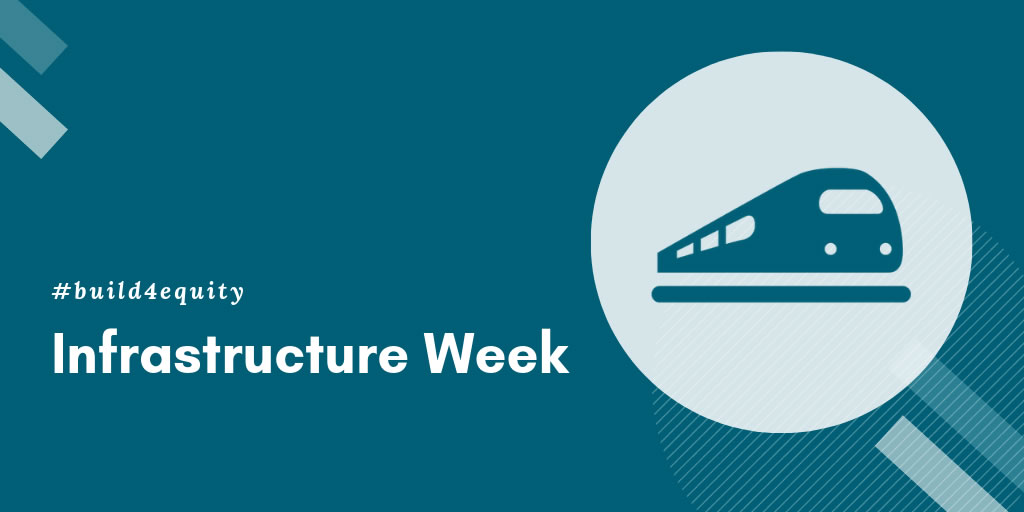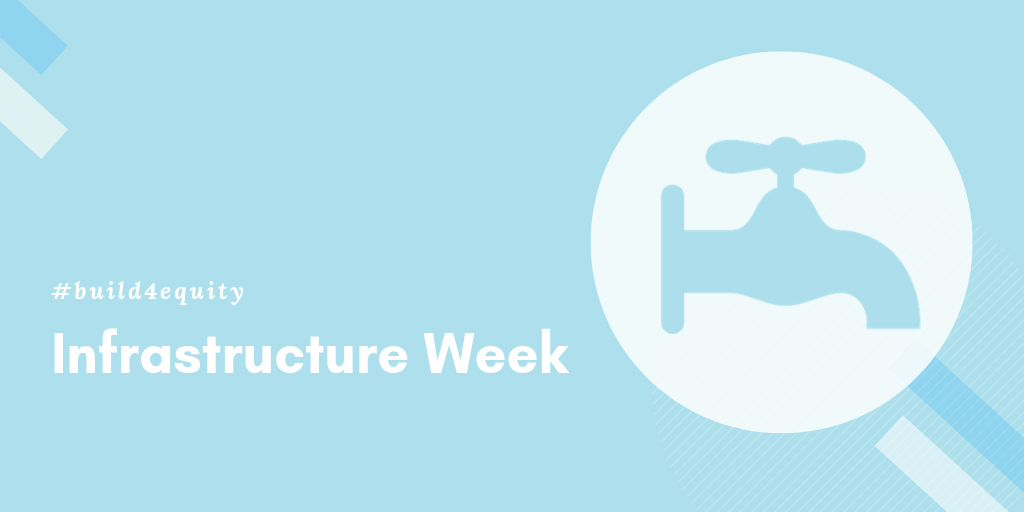Welcome to the Bay Area Equity Atlas!
Our team at the San Francisco Foundation, PolicyLink, and the USC Program for Environmental and Regional Equity (PERE) is thrilled to share the Bay Area Equity Atlas with you!
The Bay Area Equity Atlas is a comprehensive data resource to track the state of equity across the region and inform solutions for inclusive prosperity.
We built the Atlas for everyone working to create a more equitable, just, and resilient Bay Area. Racialized inequality — along with a housing and displacement crisis — is placing our region’s future at risk. The only path to inclusive prosperity is to advance equity solutions at scale.
Data that is disaggregated by race, nativity, geography, and more is critical to charting a more equitable future. Data can elevate the debate about equity and catalyze the bolder solutions needed to make equity our regional reality. Data can also help strengthen the voice and power of the communities most impacted by inequities. As Ellen Wu, executive director of Urban Habitat and a member of our Equity Campaign Leaders Advisory Committee explains: “Data is critical to democratizing power and running effective advocacy campaigns.”
At the click of a button, you can access 21 powerful equity indicators across the San Francisco Foundation’s People, Place, and Power equity framework. Data is available for 272 geographies, including the region as a whole, its nine counties, 40 sub-county areas, and 220 places including cities and Census Designated Places.
The Bay Area Equity Atlas is a tool for social change. It equips community leaders and policymakers with facts and analyses to:
- Assess how well Bay Area communities are doing on key measures of social and economic inclusion, neighborhood opportunity, and political voice and power
- Spark and inform new conversations about why—and how much—equity matters to the cultural and economic vitality of the Bay Area as a whole and each of its communities
- Inform policies, plans, strategies, business models, and investments for inclusive prosperity
Our aim is to democratize data and make it easy for you to understand, discuss, and use. Explore the Bay Area Equity Atlas to find:
- Contextual information for each indicator explaining why it matters for building an equitable region, key trends in the region, major drivers of inequities, and policy solutions
- Charts, graphs, and maps to share with your colleagues and add to your presentations, fact sheets, reports, and funding proposals
- Stories about residents’ experiences of equity challenges as well as solutions
- Analyses of equity trends and issues across the region
- Examples of how local leaders are using Bay Area Equity Atlas data to advance equity solutions
- And much more!
The atlas is a living resource. We invite you to share your feedback and tell us what you’d like to see on the site. Please sign up to Get Atlas Updates (bottom right corner) to learn about new features and analyses, and how people are using our data. And follow us on social media at #BayAreaEquityAtlas.
We hope you enjoy exploring! Here are two additional resources to help you get started:
- Webinar: Introducing the Bay Area Atlas
- Blog: Click Here! Five Key Features in the Bay Area Equity Atlas
- The Bay Area Equity Atlas team (Sarah, Jamila, Michelle, Rosa, Jessica, Justin, and Arpita)



